Другие материалы рубрики «English»
-
 Human rights groups condemn European Olympic Committees for “sportswashing” human rights abuses in Azerbaijan
Human rights groups condemn European Olympic Committees for “sportswashing” human rights abuses in Azerbaijan
The coalition also condemns EOC President Patrick Hickey for praising the Azerbaijani leader, Ilham Aliyev. -
 Kobryn-based opposition activist Ales Mekh launches presidential bid
Kobryn-based opposition activist Ales Mekh launches presidential bid
Apart from Mr. Mekh, six persons have already announced their intention to run in this year’s presidential election...
- Quarter of adult Belarusians are smokers, official statisticians say
- Experts draw up media reform “roadmap” in framework of Reforum projec
- Leader of Belarusian Popular Front skeptical about new Nyaklyayew-led movement
- Authorities have no plans for liberalization, Belarusian Popular Front leader says
- Second session of pro-independence congress expected to be held in Minsk on June 7
- Rescuers stage massive exercise at sports center in Minsk
- Revelers in Minsk celebrate end of Butter Week
- Leaders of France, Germany, Russia, Ukraine arrive in Minsk for summit on Ukraine crisis
- United Kingdom’s Visa Application Center in Minsk moves into permanent office
- Minsk residents paying tribute to victims of Charlie Hebdo massacre in Paris
English
Freedom Day demonstration staged in Minsk
Up to 1000 people took part in a “Dzen Voli” (Freedom Day) demonstration that was staged in Minsk on March 24 to mark 95 years since the proclamation of the short-lived 1918 Belarusian National Republic.
Participants gathered in front of the Kastrychnik movie theater amid heavy police presence and marched to Peoples` Friendship Park, where a brief rally was held.
Black-uniformed riot police fenced off the government-authorized assembly place by metal railings and set up three metal detector gates, but people chose not to go into the fenced area and were crowded around it. Police officers also searched people and their bags with the help of hand-held security metal detector wands.
There were many prisoner vans parked nearby.
Those in attendance included Alyaksey Yanukevich, leader of the Belarusian Popular Front (BPF), BPF Deputy Chairperson Ryhor Kastusyow, United Civic Party leader Anatol Lyabedzka, Belarusian Christian Democracy Co-chairperson Vital Rymashewski, and prominent opposition leaders Lyavon Barshchewski, Valery Fralow, Viktar Ivashkevich, and Yury Hubarevich.
Chanting, "Long Live Belarus!" "We Believe! We Can! We`ll Win!" and "Freedom to Political Prisoners!" the crowd headed for Peoples’ Friendship Park on the outskirts of Minsk.
During the march, which had been sanctioned by the city government, participants displayed Belarus’ historically national white-red-white flags, the banners of Belarusian Christian Democracy, European Belarus and other opposition groups, and various signs, defying a ban on the use of signs.
Pavel Vinahradaw, leader of Zmena (Change), the youth wing of the "Tell the Truth!" movement, and other Zmena activists displayed a blank piece of cloth in protest at the ban. Members of a youth group called Alternatyva (Alternative) displayed a sign calling for naming a street in Minsk after national liberation hero Kastus Kalinowski (1838-1864).
A group of participants displayed images of individuals believed to be political prisoners and a sign saying, “You should be free by the next Freedom Day!” Anastasiya Palazhanka, deputy chairperson of an opposition youth organization called Malady Front, held an image of her imprisoned husband, Malady Front leader Zmitser Dashkevich.
Accompanied by a large number of riot police, the demonstrators marched on sidewalks along Surhanava Street, crossing roads only where there were pedestrian crossings and only when the light was green.
The rally venue in Peoples` Friendship Park was also fenced off by metal railings and one had to walk through a metal detector gate to join the rally.
In his speech, Mr. Yanukevich compared that day’s cold and windy weather to the current situation in Belarus. “But no one can prevent spring from following winter,” he stressed.
Mr. Rymashewski said that he had heard police officers say that those displaying images of political prisoners and signs would be arrested.
At least six demonstrators were grabbed by plainclothesmen as they were leaving the park, including Dzmitry Kavalhin, acting chairperson of Maladyya Demakraty (Young Democrats), the youth wing of the United Civic Party.
The Belarusian National Republic (BNR) came into existence shortly before the end of the First World War, when Bolshevik forces left Minsk and the city was occupied by German troops. Although the German authorities remained reticent, if not actually hostile toward the BNR provisional government, they did not interfere much with its political functioning. On March 25, 1918, the provisional government (Rada) together with representatives of the Vilna (Vilnius) Council proclaimed the independence of the BNR. A national flag with white, red and white horizontal stripes was adopted, together with a state seal depicting "Pahonya" (Pursuit), the old emblem of the Grand Duchy of Litva.
Armenia, Czechoslovakia, Georgia, Germany, Austria, Poland, Ukraine, Turkey, Lithuania, Latvia, Estonia and Finland recognized the BNR de jure.
To counteract the effect of the proclamation of the BNR, the Russian Bolsheviks set up a Belarusian Soviet Socialist Republic in Smolensk on January 1, 1919. After the Red Army re-entered Minsk, a Communist government replaced the Rada there on January 5. The Rada was forced to go into emigration.

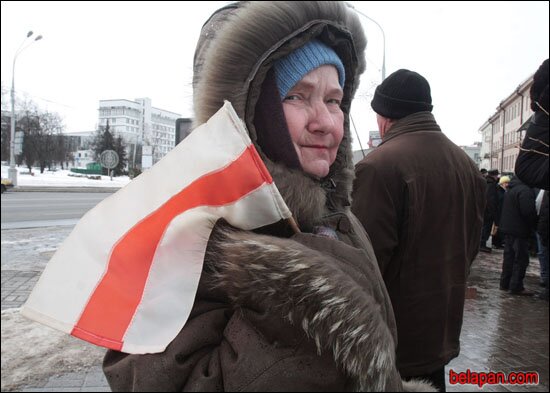

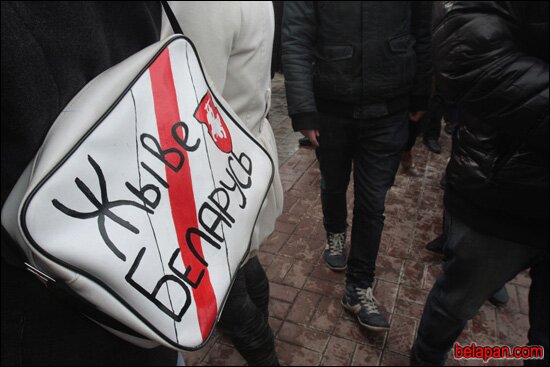



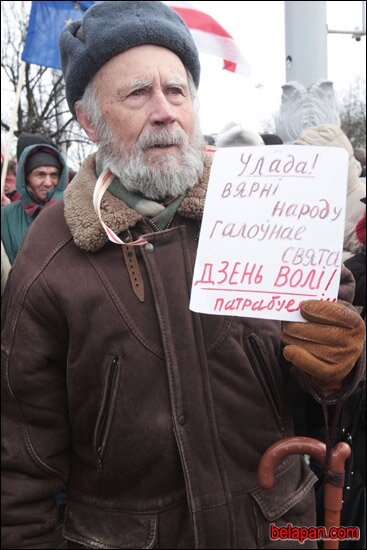

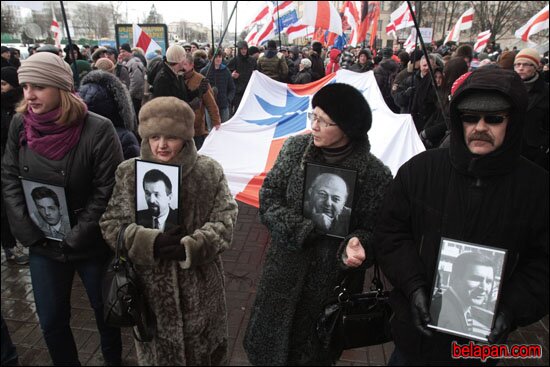
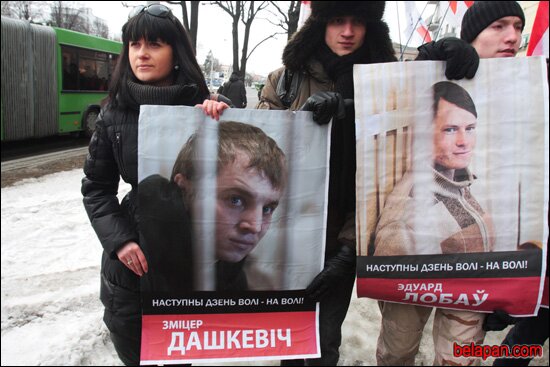
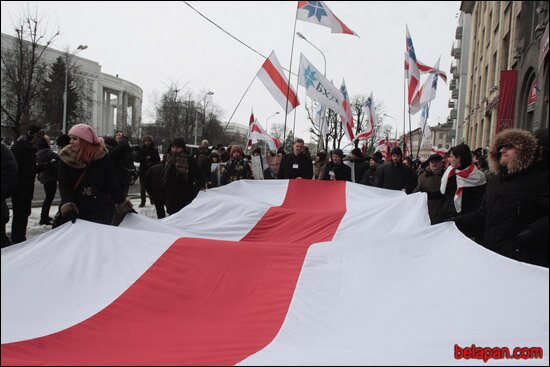
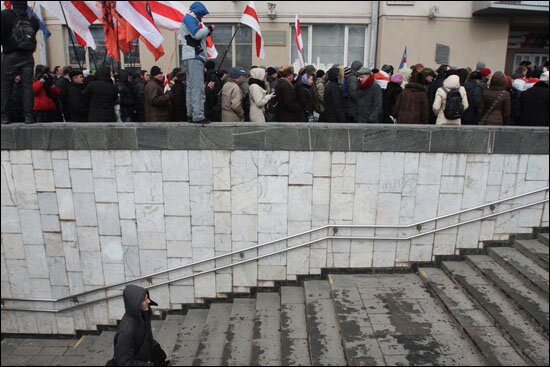









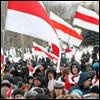
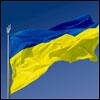

В настоящее время комментариев к этому материалу нет.
Вы можете стать первым, разместив свой комментарий в форме слева